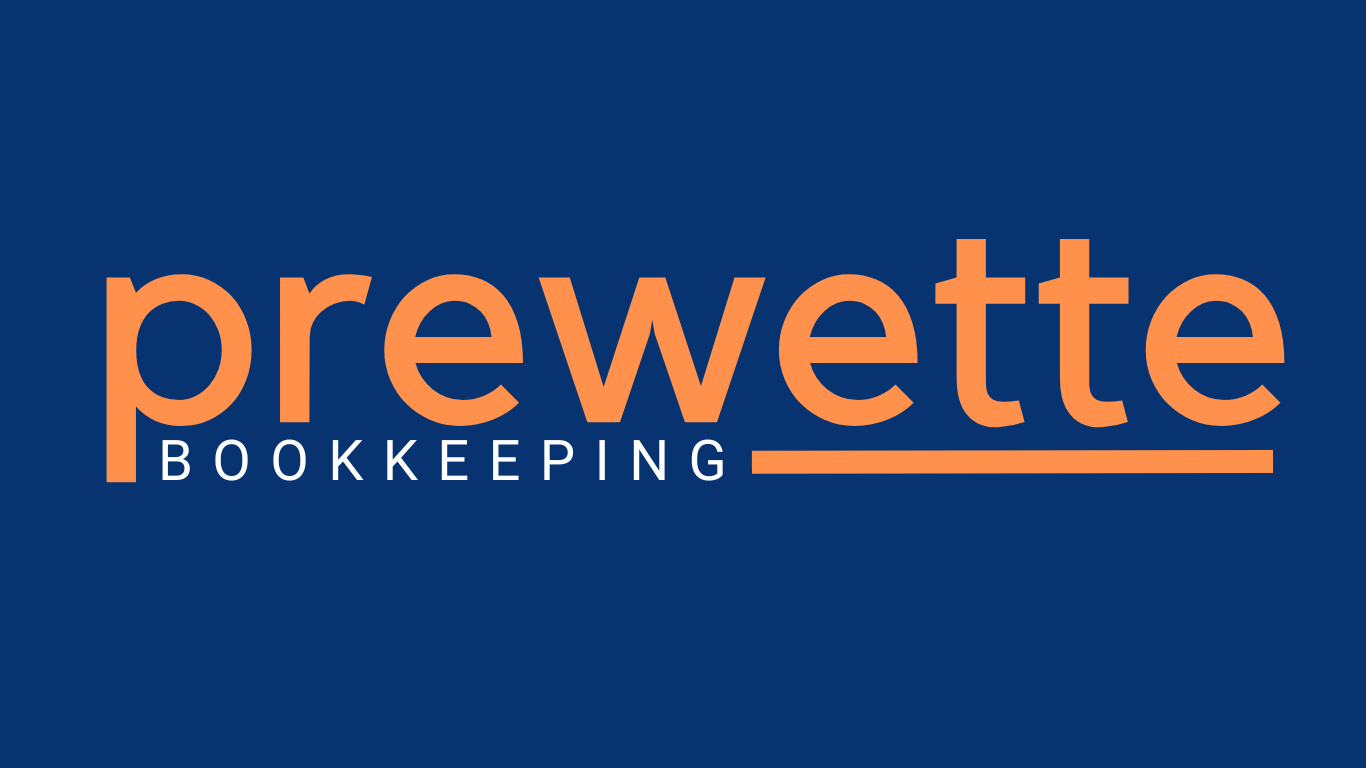Maintaining clear and transparent financial records is crucial for any nonprofit organization. Not only does it ensure compliance with legal requirements, but it also helps build trust with donors, stakeholders, and the public. Financial transparency and accountability are foundational to the credibility and success of any nonprofit. In this blog post, we will explore essential bookkeeping tips that will help nonprofits maintain clear financial records and ensure transparency.
1. Set Up a Clear Chart of Accounts
A chart of accounts is the backbone of your nonprofit’s financial system. It categorizes all financial transactions, from income and expenses to assets and liabilities. For nonprofits, it’s important to have a chart of accounts that is tailored to your specific needs, reflecting the unique nature of nonprofit activities such as grants, donations, and restricted funds.
Tip: Ensure that your chart of accounts distinguishes between restricted and unrestricted funds. This will help maintain clarity when tracking donations and other income that must be allocated for specific purposes.
2. Use Accounting Software Designed for Nonprofits
Accurate and efficient financial management relies heavily on the use of proper accounting software. Nonprofit accounting software is specifically designed to handle unique aspects of nonprofit finances, such as fund accounting, donor tracking, and grant management.
Tip: Choose software that allows you to generate customized reports, track restricted and unrestricted funds, and generate statements that comply with nonprofit financial reporting standards (such as GAAP or FASB).
Popular accounting software options for nonprofits include QuickBooks for Nonprofits, Xero, and Sage Intacct, which offer nonprofit-specific features such as donor management and grant tracking.
3. Track and Categorize All Sources of Income
For nonprofits, income doesn’t just come from one source. It includes donations, grants, fundraising events, membership dues, and more. To ensure transparency, it is important to track each source of income separately and categorize them correctly.
Tip: Maintain a detailed record of all donations, specifying whether they are one-time or recurring. If you receive grants, create a separate account for each grant and track how the funds are spent.
Proper categorization of income helps ensure that funds are used appropriately and allows you to provide detailed reports to donors and stakeholders on how their money is being spent.
4. Record Expenses Accurately and On Time
Nonprofits must track their expenses carefully, especially when dealing with restricted funds that are earmarked for specific purposes. Recording all expenses accurately and on time ensures that financial statements reflect the true financial position of the organization.
Tip: Ensure that every expense is categorized correctly, whether it's program expenses, administrative costs, or fundraising expenses. Keep receipts and invoices for all expenditures, and review them regularly for accuracy.
It’s also a good practice to implement a system for approving and processing expenses to prevent unauthorized or improper spending.
5. Reconcile Accounts Regularly
Account reconciliations are an essential part of maintaining financial transparency. Reconciling your bank accounts and financial statements monthly ensures that your records are accurate and that any discrepancies are identified and corrected promptly.
Tip: Regular reconciliations help prevent errors, fraud, and mismanagement. Make sure that all accounts—checking, savings, and credit—are reconciled regularly to keep financial reporting up to date.
6. Prepare Financial Statements and Reports Consistently
Nonprofit organizations must prepare regular financial reports to provide insight into the organization’s financial health. Key reports include the Statement of Financial Position (Balance Sheet), the Statement of Activities (Income Statement), and the Statement of Cash Flows.
Tip: Nonprofits should generate financial statements at least quarterly, and ideally monthly. These reports provide a snapshot of the organization’s finances and offer insight into income, expenses, and overall financial health.
By keeping these reports up to date, you can provide clear and transparent information to stakeholders, including donors, board members, and potential funders. Transparency in your financial reporting fosters trust and shows that you are using funds efficiently and responsibly.
7. Implement Strong Internal Controls
To prevent fraud or mismanagement, nonprofits should establish strong internal controls. Internal controls are policies and procedures that safeguard the organization’s assets and ensure financial integrity.
Tip: Set up a system of checks and balances, such as having one person handle the receipts and another person handle the disbursements. Regular audits and financial reviews by external professionals are also essential for maintaining accountability.
Having clear procedures in place for approving and managing financial transactions ensures that no one individual has too much control over the finances, reducing the risk of fraud or error.
8. Ensure Compliance with Tax and Reporting Requirements
Nonprofits must adhere to a variety of legal and tax requirements, including filing IRS Form 990 annually and maintaining compliance with state and local regulations. Being aware of tax-exempt status rules and compliance requirements is essential for maintaining transparency and accountability.
Tip: Regularly review your nonprofit’s tax obligations and deadlines. Consider working with a CPA who specializes in nonprofit accounting to ensure that you are in compliance with all reporting and tax laws.
9. Engage and Communicate with Stakeholders
Donors, board members, and other stakeholders should be kept informed about the organization’s financial status. Regular communication can help build trust and ensure that the nonprofit’s work is aligned with the goals and expectations of its supporters.
Tip: Share financial reports and annual statements with stakeholders. A well-prepared annual report, which includes a summary of your financial position and activities, can go a long way in building confidence in your nonprofit’s financial stewardship.
10. Audit Your Financials Periodically
Conducting an internal audit or hiring an external auditor periodically can help identify weaknesses in your accounting systems and ensure everything is in order. Audits provide an additional layer of accountability and transparency that is vital for stakeholder confidence.
Tip: Schedule an audit at least once a year, especially if your nonprofit handles large sums of money or has complex funding sources. An audit gives an independent assessment of your financial practices and can uncover any discrepancies or areas for improvement.
Conclusion
For nonprofits, financial transparency and accountability are essential not only for staying compliant with legal regulations but also for maintaining the trust and support of donors and stakeholders. By setting up clear financial systems, using the right tools, and implementing strong internal controls, nonprofits can effectively manage their finances and ensure they are using funds in the most efficient and transparent way possible.
Remember, sound bookkeeping practices will not only help you stay organized but will also position your nonprofit for long-term success by fostering trust and credibility with your supporters.
All Rights Reserved | Powered By Snapps
Schedule a Meeting
Discovery Call: Click HERE to schedule a free 30-minute phone or video consultation to answer your questions
about Prewette Bookkeeping and to see if we are a good fit to work together.

